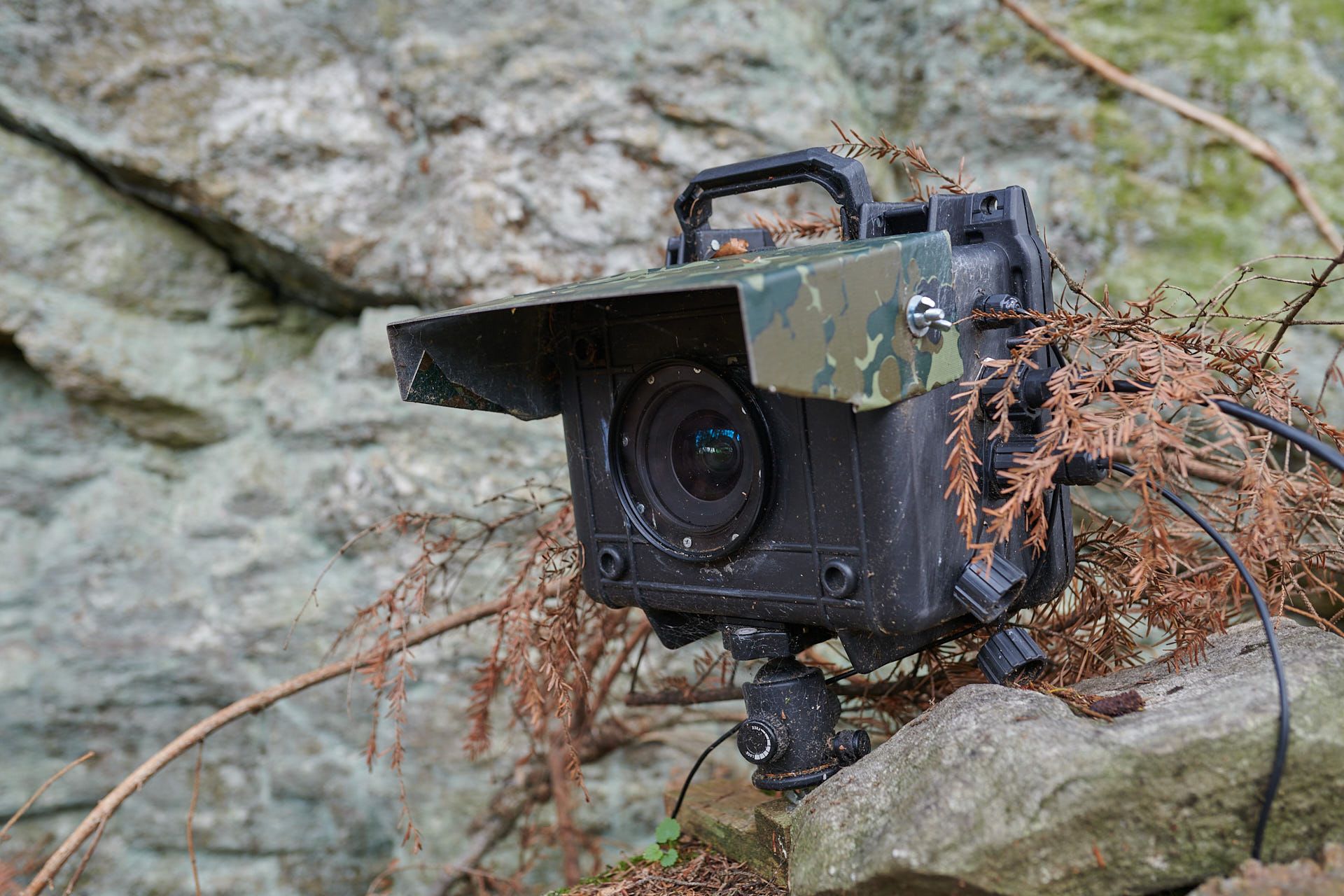Passive Infrared Sensors (PIR)
PIR sensors detect movement by measuring infrared radiation emitted by warm objects such as animals or humans. When a living being enters the sensor’s field of view, it registers the change in thermal radiation and triggers the camera.
Advantages of PIR Sensors:
-
Wide Detection Field:
PIR sensors can detect movement over a wide angle, making them ideal for monitoring larger areas. -
Energy Efficiency:
They consume minimal energy as they only respond to changes in infrared radiation, extending the battery life of the camera trap. -
Easy Installation:
PIR-based camera traps are often compact and require no complex alignment or calibration.
Limitations of PIR Sensors:
-
Sensitivity to Ambient Temperatures:
In very hot environments, the temperature difference between an animal and its surroundings may be small, reducing detection accuracy. -
Limited Range:
PIR sensors are typically effective within a few meters, which might not be ideal for capturing animals at greater distances.
Beam Break Sensors
Beam break sensors consist of a transmitter that emits a beam of light (often infrared) and a receiver. When an object interrupts the beam, the receiver registers the break and triggers the camera.
Advantages of Beam Break Sensors:
-
High Precision:
Beam break sensors can accurately detect when an object crosses a specific line, making them useful for capturing precise movements. -
Independence from Temperature Differences:
Since they respond to physical interruptions of the light beam, they work reliably even in hot environments. -
Adjustable Range:
The range of the beam can be tailored to meet the specific requirements of the location.
Limitations of Beam Break Sensors:
-
Requirement for Precise Alignment:
The transmitter and receiver must be precisely positioned to ensure proper detection of the beam. -
Sensitivity to Environmental Conditions:
Rain, fog, or dense foliage can interfere with the beam, causing false triggers or missed activations. -
Limited Detection Field:
Beam break sensors only detect movement along the path of the beam, restricting their use to narrow trails or chokepoints.
Conclusion
Choosing between PIR sensors and beam break sensors depends on the specific requirements of the task. PIR sensors are versatile and easy to install, making them suitable for general monitoring. Beam break sensors, on the other hand, offer greater precision and are ideal for monitoring specific passageways or trails. Understanding the strengths and weaknesses of each technology will help in selecting the best option for the desired application.








